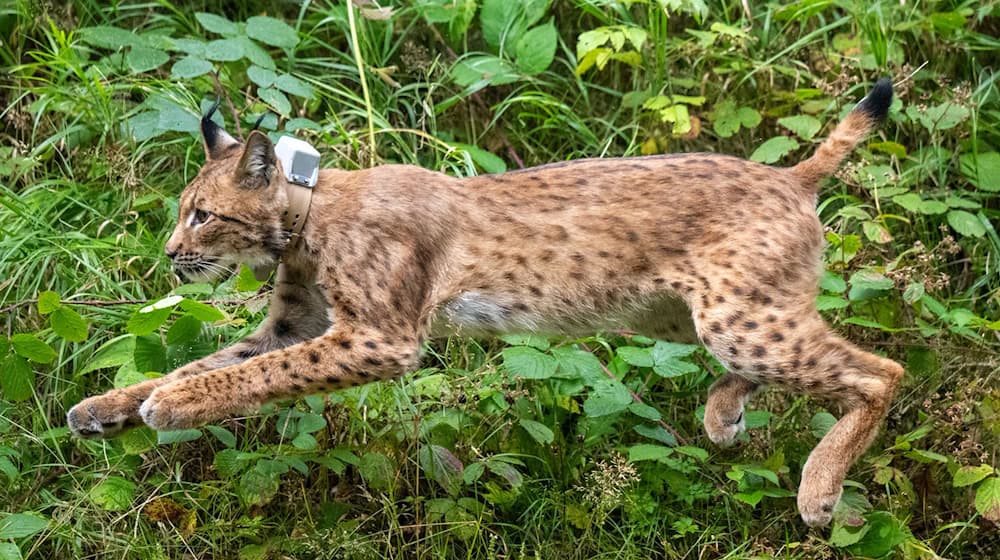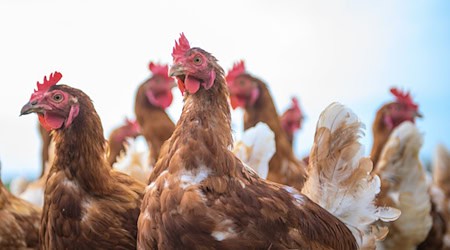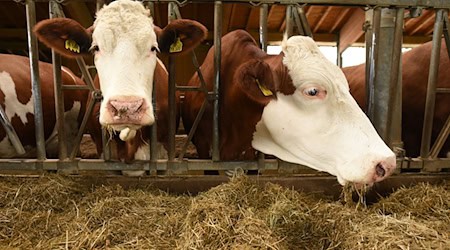The released lynx Anton has killed a goat and injured another in the Westerzgebirge. The animals were tethered in a meadow at the edge of the forest at night and were not protected by an electric fence, according to the State Environment Agency. The attack took place on Friday night. The Specialist Wolf Unit has begun an investigation. Anton was only released into the wild at the end of August.
The State Environment Agency called on livestock owners in the area around Eibenstock and Schönheide not to leave any livestock outside unprotected, especially near forests, so as not to train Anton. Tethering should be avoided anyway for animal welfare reasons, they said.
Anton has little experience with prey
The main prey of lynxes are deer, farm animals are generally rarely preyed upon. However, Anton, a lynx born in captivity, still has little experience of catching live prey. "It is quite possible that Anton mistook the goat in the meadow for a deer at first," said the State Environment Agency.
For better protection against lynx and wolf attacks, the agency recommends electric pasture fences that are at least 105 centimetres high. Possible attacks should be reported within 24 hours so that an expert can investigate the incident.
Target of 20 lynxes in Saxony
Five lynxes have been released into the wild in the Westerzgebirge since March: in addition to the one-and-a-half-year-old Anton, the two males Juno and Chapo, who also grew up in an enclosure, as well as the female lynxes Nova and Alva, who were captured in the Swiss Jura and released in Saxony.
Saxony plans to release 20 lynxes by 2027. Wild-caught animals, mainly from Switzerland, and breeding animals from zoos will be used. Saxony, Thuringia and Baden-Württemberg are also reintroducing the endangered species. The largest populations in Germany are found in the Harz Mountains and the Bavarian Forest.
Copyright 2024, dpa (www.dpa.de). All rights reserved










